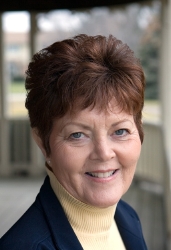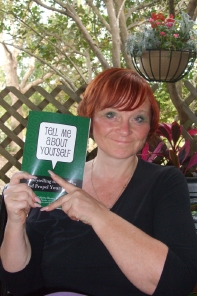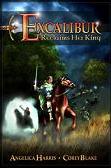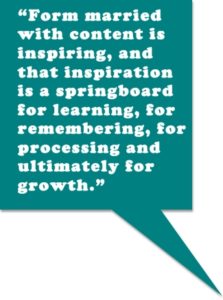I usually keep storytelling events separated out from the main part of this blog, but because the following is something I’m actually attending, and since it’s a premier event in the organizational storytelling world, I wanted to highlight it here:
The weekend consists of an evening Intro to Storytelling workshop on Thursday, April 16, an all-day seminar at the Smithsonian on Friday the 17th, and workshops all day during Golden Fleece Day at the National 4H Center in Chevy Chase, MD.
The Friday event in particular is described here, so I wanted to highlight the Saturday event in this posting since it’s not yet detailed on my Events page. Here’s the lineup:
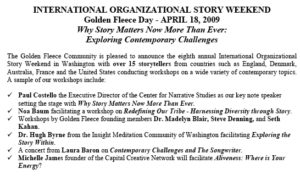 And you can download the full flyer for the weekend here: 2009_Smithsonian_Golden_Fleece_Story_Weekend.pdf. You can also read a nice blog post about the weekend by Seth Kahan on Fast Company.
And you can download the full flyer for the weekend here: 2009_Smithsonian_Golden_Fleece_Story_Weekend.pdf. You can also read a nice blog post about the weekend by Seth Kahan on Fast Company.
Seth also shares this list of storytelling luminaries who will be at Golden Fleece:
- Rick Stone — The original organizational storytelling pioneer, acclaimed author, and StoryAnalytics Master for the i.d.e.a.s., an off-shoot of Disney
- Gerry Lantz — Expert marketer, creator of STORIES THAT WORK®, INC.
- Madelyn Blair — Founder and thought-leader of the applied storytelling movement
- Paul Costello – Executive Director of the Center for Narrative Studies
- Noa Baum – International Performing Storyteller and Diversity Expert
- Christopher Heimann — Artistic Director of The Imaginary Body theatre company in London
- Steve Denning — Global thought-leader and author of four top-selling books on organizational storytelling
- Pamela Smithbell — Action researcher and author
- John Sadowsky — Leadership professor from Grenoble Graduate School of Business in France
- Laura Baron — Acclaimed Singer & Songwriter
- Douglas Weidner — Pioneering knowledge management practitioner
- Pernille Stockfleth — Professional storyteller.
- Svend-Erik Engh — Danish storytelling and business expert, European founder of Organizational Storytelling
- Loren Niemi — Public policy consultant and champion of storytelling as a social advocacy tool
- Jacob Lindeblad — International Leadership Trainer
- Hugh Byrne — Insight Meditation Teacher
- Michelle James — Visionary Founder of the Capitol Creativity Network
- and of course, Seth himself
I’ve established a pattern of attending the weekend in odd-numbered years. This year will be my third time. This time I’ve opted to attend just Golden Fleece Day, which I’ve found to be a consistently rich event. And this year it is dirt cheap as an acknowledgement of the tough economy we’re struggling with; at $75, this event has got to be best value of the year. I decided to spend Friday seeing the sights of DC by bicycle, including a tour of the Capitol and possibly a White House tour (we don’t get notified about whether we get the tour till closer to the day). Just to cap off this busy weekend, I’m attending a family wedding right after Golden Fleece day.
It would be wonderful to meet readers of A Storied Career in DC. Hope some of you plan to attend. For those who can’t, I will report on the Saturday event.

